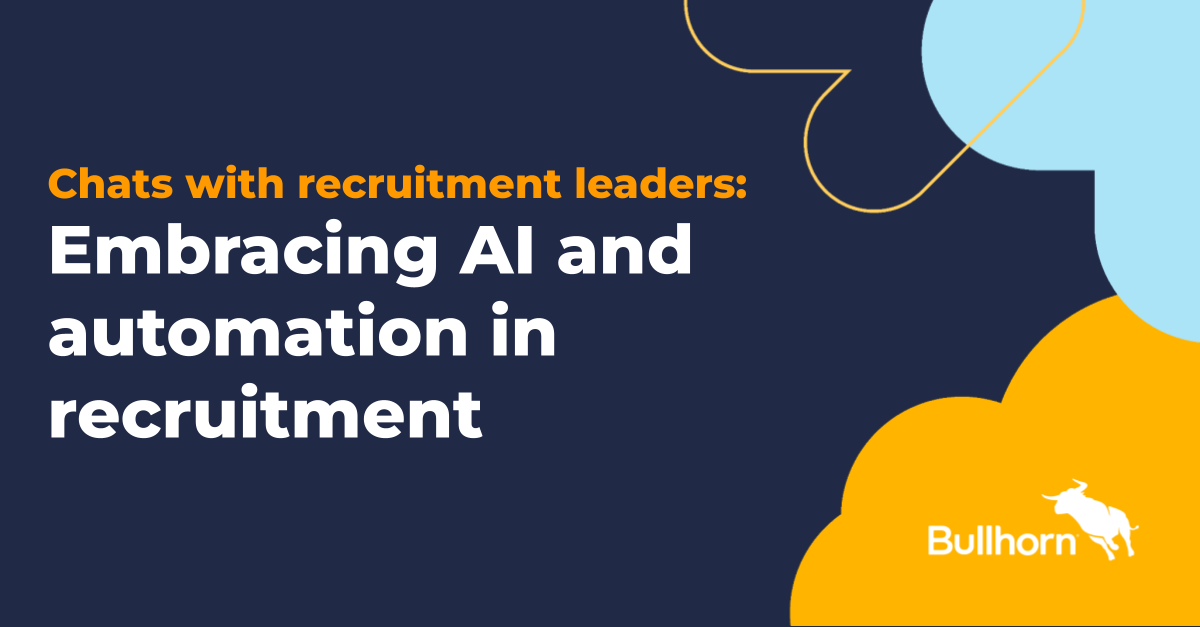Workforce Planning Isn’t a Buzzword. It’s a Bottom-Line Strategy.
In today’s high-stakes talent market, “workforce planning” might sound like corporate jargon—but the data says otherwise. Effective workforce planning means having the right people with the right skills in the right roles at the right time. And without it? You’re gambling with turnover, lost productivity, and stalled growth.
Here’s what workforce planning really means—and what the numbers reveal about why you can’t afford to ignore it.
What Is Workforce Planning?
Workforce planning is a proactive, strategic approach to managing your talent pipeline. It includes:
- Forecasting future talent needs
- Analyzing current workforce capabilities
- Identifying skill gaps
- Aligning roles with organizational goals
It’s not just about hiring—it’s about optimizing your people strategy to stay competitive, compliant, and efficient.
Workforce Planning by the Numbers
📉 Turnover Is Expensive
According to SHRM, 1 in 3 new hires leave within 6 months—and replacing them costs up to 33% of their annual salary. Without a solid workforce plan, you risk constant churn and expensive hiring cycles.
⚠️ Talent Shortages Are Business Disruptors
70% of organizations reported significant operational disruptions due to workforce shortages (Deloitte). Crises like COVID-19 only amplified the issue. A plan helps you prepare—before you’re scrambling.
💸 SMBs Feel the Financial Pinch Harder
Replacing an employee costs 50% to 75% of their salary in small and midsize businesses. For companies with tighter margins, this can quickly become a major financial strain.
📉 Revenue Takes a Hit
Unplanned vacancies and poor workforce planning can cut up to 20% of annual revenue for small businesses. That’s not just a talent problem—it’s a profit problem.
📉 Productivity Drops—Fast
McKinsey reports that talent gaps and transitions can reduce productivity by 20–30%, translating to a 10–15% loss in annual revenue.
The takeaway? Poor planning doesn’t just hurt your HR team—it hits your bottom line.
5 Reasons Workforce Planning Should Be Your Top HR Priority
1. Retention Starts with Planning
Strategic workforce planning supports career development, leading to higher engagement and lower turnover. When employees see a future at your company, they stay.
2. Scalability Requires a Talent Roadmap
Whether you’re scaling rapidly or gradually, workforce planning ensures you have the people—and the skills—ready to support growth.
3. Boosted Productivity
The right people in the right roles means less burnout, more output, and better performance across the board.
4. Strategic Alignment = Stronger ROI
When your people strategy aligns with your business goals, every hire and every development initiative adds value.
5. Risk Mitigation
Avoid disruptions, minimize hiring delays, and stay agile—even during economic or operational shifts.
The Bottom Line
Workforce planning isn’t optional—it’s essential. The stats are clear: failing to plan your workforce means risking productivity, revenue, and your ability to compete.
Need help getting started?
MP’s HR experts are ready to help you evaluate your current workforce strategy and build a plan that drives results.
➡️ Schedule a quick call to get started.
📰 Don’t miss future insights—subscribe to MP’s blog for the latest in HR strategy, compliance, and business trends.











